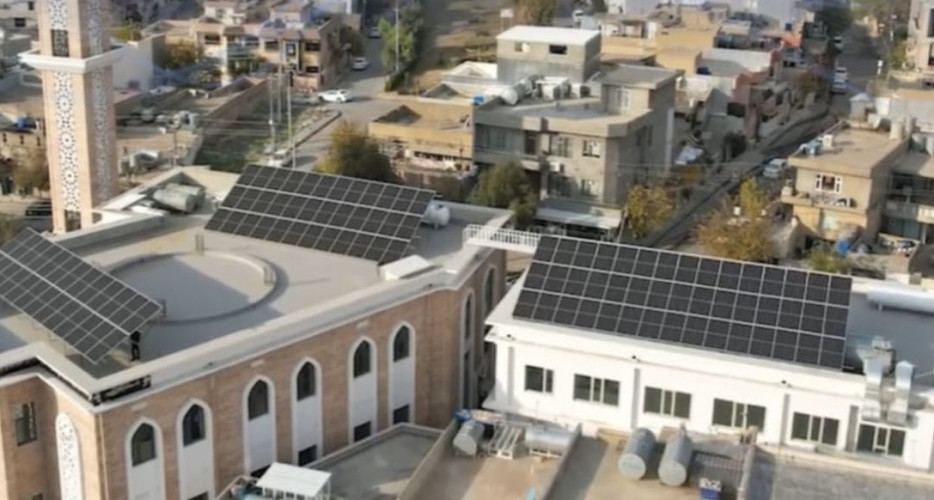
Peregraf
Solar electricity generation in Sulaymaniyah province has seen a dramatic rise, doubling in just six months, according to new figures from the Directorate of Electricity’s Renewable Energy Department.
As of August 4, 2025, a total of 1,033 citizens and businesses have officially registered as solar electricity producers, up from 510 in mid-February. The total capacity of solar power generation has reached 23.37 megawatts (MW)—an increase of 100% since February 19.
Officials attribute the growth to greater public awareness, government incentives, and Sulaymaniyah’s favorable climate. “Every day, more citizens are installing solar systems on their rooftops,” the Renewable Energy Department said in a statement.
Solar electricity is generated by converting sunlight into electrical power through photovoltaic systems. These systems are increasingly accessible, with companies offering quick installation and long-term savings. Once installed, the systems typically require no major maintenance costs for up to six years, except for battery replacements at a reduced cost.
Under a Ministry of Electricity directive, producers who feed solar-generated electricity into the national grid receive monthly deductions from their power bills. For example, if a household consumes 1,000 kilowatt-hours but contributes 300 kilowatt-hours through solar generation, they will only be billed for the remaining 700.
The Kurdistan Region’s climate—with long, sunny summers and minimal cloud cover—makes it an ideal location for solar energy expansion. This aligns with a broader push to reduce dependency on fossil fuels like diesel and crude oil, which still dominate power production in the region outside the Dukan and Darbandikhan hydropower stations.
The rise in solar adoption also complements the Kurdistan Regional Government’s Runaki projects, which have already secured 24-hour electricity for more than 2.7 million residents, roughly 40% of the Region’s population. The projects aim to address chronic shortages and reduce reliance on neighborhood generators.
Globally, solar power is seen as a key solution to climate change. A report by the U.S. Center for Energy Research states that solar electricity protects 90% of people and ecosystems from greenhouse gas emissions, significantly curbing the effects of global warming.